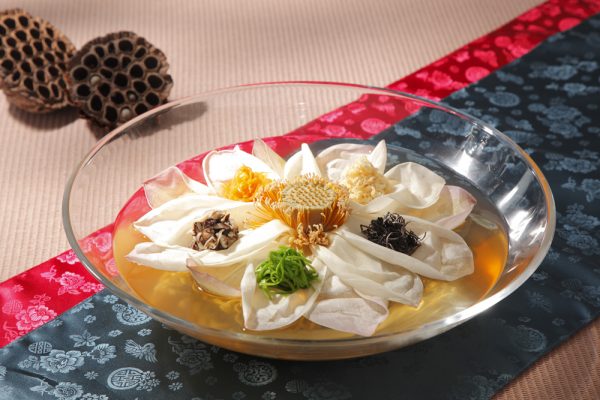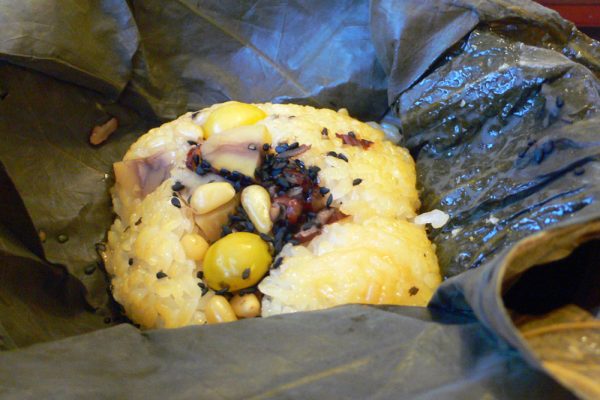In the early 2000s, the social and cultural buzzword in Korea was ‘well-being’. Well-being, the pursuit of a happy life that harmoniously balances physical and mental health, quickly took root in Korea culture. Nowadays, the word ‘well-being’ is not often mentioned, but the effect of the well-being craze still remains in food and the culture in general. Temple food is perfectly inline with the well-being approach. Recently, Stevie Parle, chef at the famous London restaurant Dock Kitchen, had the chance to prepare temple food – this shows how temple food is catching on with people in other countries. Let’s find out more about temple food and its refreshing effects on body and mind.
Temple food’s charm 1. Ensure your good health
Temple food is eaten by monks at the temple as part of their ascetic practice. At temples, growing vegetables and preparing food is considered to be part of practice, so temple food can be said to contain the lofty spirit of Buddhism. There are more temple food specialty restaurants these days, signifying growing public interest. Korean temple food is characterized by the many ingredients that are fermented and stored. The nutrients in aged foods like kimchi and soy sauce, doenjang (soybean paste) , gochujang (red pepper paste), vinegar, and sikhye (sweet rice drink) lower cholesterol levels and are effective in preventing cancer.
Temple food’s charm 2. A perfect food for vegetarians
In Korea, there are few restaurants that offer vegetarian food, so vegetarians who visit Korea have a hard time. Temple food is ideal for vegetarians since it contains no meat, poultry, or strongly flavoured vegetables. As it is based on the Buddhist philosophy, they make a point of preparing all food without using meat or five prohibited flavorings: garlic, green onions, Korean leeks, wild chives, and asafoetida. When these ingredients are cooked, Buddhists believe they stimulate lustful desires. And when they are eaten raw, they can cause anger. For this reason, they are not permitted in the preparation of temple food, and as a result, temple food is neither spicy nor strongly flavoured. If you have had difficulty finding vegetarian food in Korea, pay a visit to a temple food specialty restaurant.
Temple food’s charm 3. A wide variety of dishes in each season
It’s said that eating foods that are in season can help you maintain your health. That is how important seasonal food is in harmonizing our body with nature. Temple food is prepared using ingredients that are in season, and these restaurants often use vegetables that they grow themselves. The number of dishes which can be made with vegetables is limited, but in each dish, you can sense the taste of nature itself.
Temple food: The beauty of emptiness
We’ve discovered some of great things about temple food, and now it’s time to give it a try. When the monks eat at the temple, they must follow the principle of bal-woo-gong-yang. This means each person puts an appropriate amount of food in a bowl (bal-woo), and they must finish everything. There is no food waste at all and no need to do the dishes, so it is environmentally friendly. If you find these traditional ways somewhat challenging, keep in mind the spirit of ‘bal-woo-gong-yang’ and enjoy temple food. Following these principles of moderation can enrich your health and your life.
















Leave a Reply
Be the First to Comment!